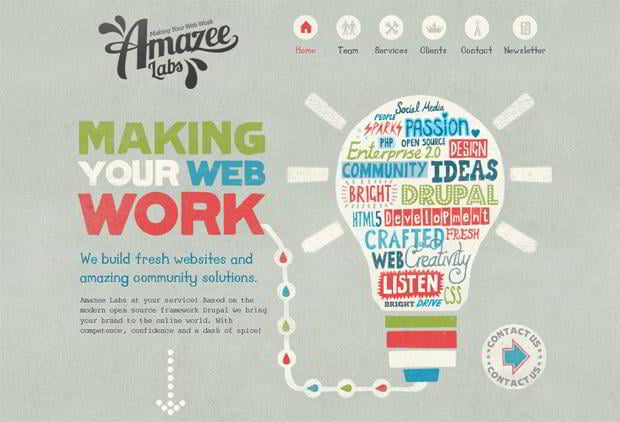Fundamental Facets Of Website Design: Standards For Developing A User-Centric Site
Fundamental Facets Of Website Design: Standards For Developing A User-Centric Site
Blog Article
Write-Up Author-Scarborough Daugaard
When it concerns web site style, ensuring user-friendliness is essential. From receptive style to structured navigating, every element plays a critical role in creating a site that deals with your target market's needs. However what about the better information that can make or damage an individual's searching experience? Keep tuned as we uncover some often-overlooked tips that can raise your site's usability to the next degree, making it genuinely stand out in the electronic landscape.
Relevance of Responsive Layout
Responsive layout is a crucial aspect of modern site advancement. Guaranteeing your internet site is responsive methods that it can adjust to various display dimensions and gadgets, providing a smooth experience for users.
With relevant site increasing use of smart devices and tablet computers to access the web, having a responsive style is important for reaching a wider target market. It helps in improving customer experience by making your site easy to navigate and keep reading any tool.
Furthermore, responsive design can positively impact your online search engine positions, as online search engine like Google focus on mobile-friendly internet sites. By having a receptive style, you're also future-proofing your internet site, as brand-new gadgets with varying screen sizes continue to arise.
Simplify Navigating Structure
To improve user experience and help with easy access to information on your site, simplifying the navigating framework is critical. When developing your site, concentrate on producing a clear and instinctive navigation menu that aids visitors locate what they're searching for promptly.
Limitation the variety of menu products to the fundamentals, organizing related pages together to prevent frustrating users. Use descriptive labels that plainly indicate the content of each page, making it much easier for users to recognize where each link will certainly take them.
Think about implementing dropdown menus for subcategories to stop littering the primary navigating bar. Additionally, consist of a search bar prominently on the web page for customers that like searching for details info.
Prioritize mobile responsiveness in your navigating layout to make sure easy accessibility on all gadgets.
Maximize Page Load Speed
Improving web page tons speed is crucial for keeping site visitors on your website. Slow-loading web pages irritate customers and can result in high bounce rates. To optimize page load rate, start by enhancing photos. Press pictures without jeopardizing quality to minimize their documents sizes.
Additionally, enable internet browser caching to store regularly accessed sources in your area, quickening lots times for returning site visitors. Minify CSS, JavaScript, and HTML documents by removing unneeded characters, comments, and format, enhancing load speed.
Consider making use of a web content distribution network (CDN) to distribute your website's web content throughout multiple web servers worldwide, minimizing latency for customers accessing your site from various areas. Lastly, limit using third-party scripts and plugins, as they can considerably affect tons times.
seo search marketing
In conclusion, by incorporating receptive style, streamlining navigation, and maximizing web page tons rate, you can develop an user-friendly web site that attract a broader audience and boosts customer experience. These essential elements make sure that visitors can quickly access and browse your website throughout different tools, resulting in raised engagement and fulfillment. By focusing on these crucial elements, you can develop a successful website that maintains customers coming back for more.
